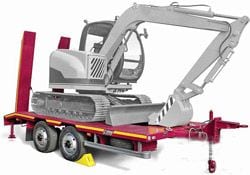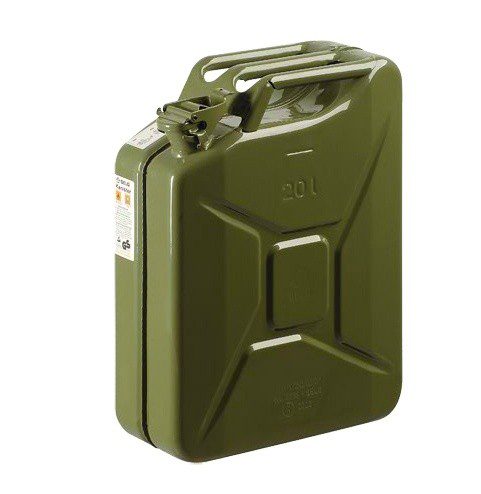
Canister: role, symptoms and cost
Content
The canister is a little-known part located next to your gas tank. It is used to trap excess gasoline vapors to return them to the engine to be burned and prevent them from escaping into the atmosphere. Thus, the canister is a means of protection against pollution. However, it is not equipped with diesel engines.
⚙️ What is a canister?
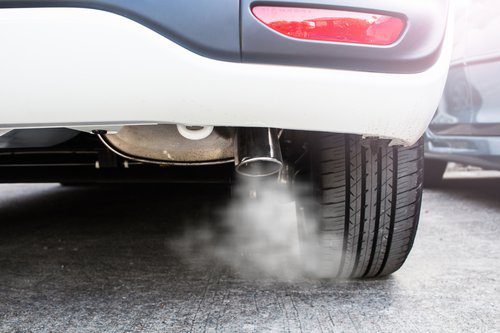
Role canister absorb gas. In cars, the canister is installed only on gasoline engines; not found on diesel vehicles. It is one of the devices on modern cars designed to limit the emissions of CO2 and other polluting gases.
The canister allowsabsorb vapors fuel your car. When heated, this gas expands and therefore takes up more space, increasing the pressure. The canister allows you to relieve this pressure without emitting vapors into the atmosphere, as was done by previous devices (in particular, a punctured tank lid).
Where is the canister located?
The canister is part EVAP system (for the control of fuel vapor emissions) of your vehicle: This is a fuel vapor recirculation system. Therefore, it is located next to the gas tank. Usually the canister is located on the driver's side of the car, on the rear wheel.
⛽ How does the canister work?
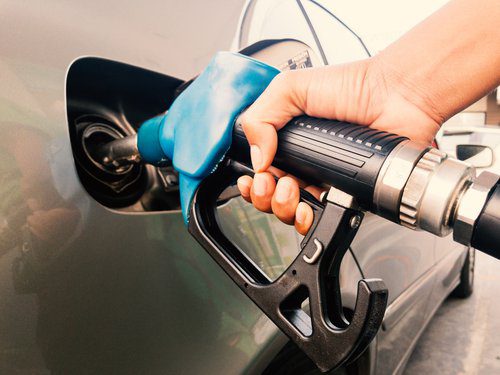
Auto canister is filters which is used to trap gasoline vapors from the tank and carburetor before they can get out into the atmosphere, causing pollution. For this, the canister contains Activated carbon... Hydrocarbon molecules will attach to it according to the phenomenon of adsorption.
When the engine is started, gasoline vapors are drawn into the canister. They then return to the fuel system for combustion while the engine is running. For this, the canister can rely on two valves:
- Valve located between the fuel tank and the canister;
- The valve located between the canister and the engine: thispurge solenoid valve.
When vapors are generated in the tank, they escape into the container through the first valve, and the second is closed. At start-up, the first valve closes and the second opens to allow the vapors to enter the engine where they are burned.
⚠️ What are the symptoms of HS canister?

The canister does not wear out, but it can break: a problem with the solenoid valve, a clogged filter, etc. Unfortunately, it is not always easy to identify a canister malfunction. Indeed, the main symptom of the HS canister is that the engine warning light comes on, which could indicate several problems. Rarely do we first suspect a canister.
Here are the signs that indicate a malfunction in the canister and its circuit:
- seer engine on ;
- Increased emissions of pollutants ;
- Fuel smell ;
- Drop in vehicle performance ;
- Problems when filling the gas tank ;
- Concern about the fuel gauge on dashboard.
The engine indicator here warns of excessive engine contamination. Due to the role of the canister, you may also notice problems with the fuel tank or pressure gauge, increased emissions, and especially the smell of gasoline associated with fumes. This is all due to the saturation of the canister and the accumulation of vapors in the tank.
Finally, your car can lose performance or experience starting problems: if the canister solenoid valve fails and remains open, this affects the air / fuel mixture in which your combustion engine is running.
📅 When to change the canister?

The canister is not a wearing part and therefore has no periodicity, i.e. no replacement interval. On the other hand, it must be replaced when damaged, so as not to increase the emission of polluting gases. Therefore, replacement of the canister is only necessary when he is hsbut sometimes cleaning is sufficient if the filter is clogged.
👨🔧 How to clean the canister?

The activated carbon in the canister absorbs excess gasoline vapors, then they return to the engine, where they are burned. But over time, the canister can become clogged. If it is sometimes necessary to replace it, cleaning may be enough to return it to its original condition.
Material:
- Tools
- Air compressor
Step 1. Disassemble the canister.
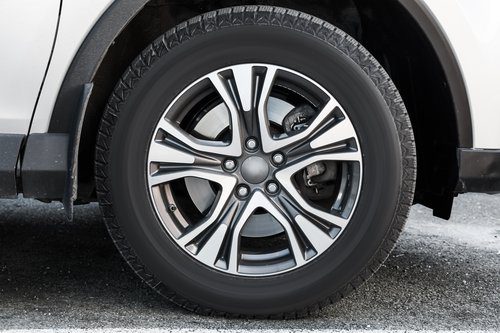
Start by looking for the canister: it is usually next to the rear wheel on the driver's side. It is located near the fuel tank. Once you access it, you need to disassemble it by disconnecting the three hoses that are connected to it, and then remove the canister.
Step 2: clean the canister
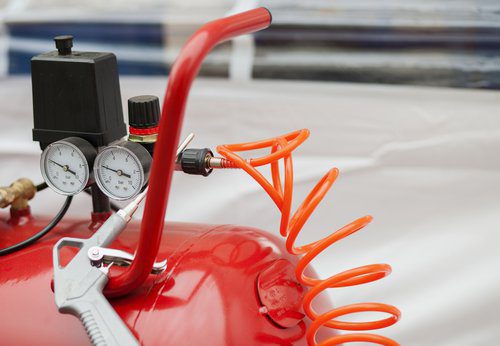
Place the canister on a flat surface and clean it with an air compressor. Insert the compressor nozzle into the pipes to blow inward, repeating the operation on each of the three pipes. Close the other two hoses when cleaning one of the three.
Step 3. Assemble the canister.

After the canister is cleaned and each of the three hoses is cleaned, you can reassemble the canister. Insert it into the housing, then reconnect the pipes and replace the screws.
🔧 How to remove the canister?

Little known, the canister is not at all useless! Running the car without a canister will prevent additional pollution from your car. Removing it will give you an unpleasant smell of gasoline and reduce engine performance. Therefore absolutely it is not recommended to remove the canister which also requires very little maintenance.
Now you know all about the canister, this filter that collects excess gasoline vapors to avoid additional contamination! This work is very little known, but therefore plays an important role in contamination protection device modern cars.
